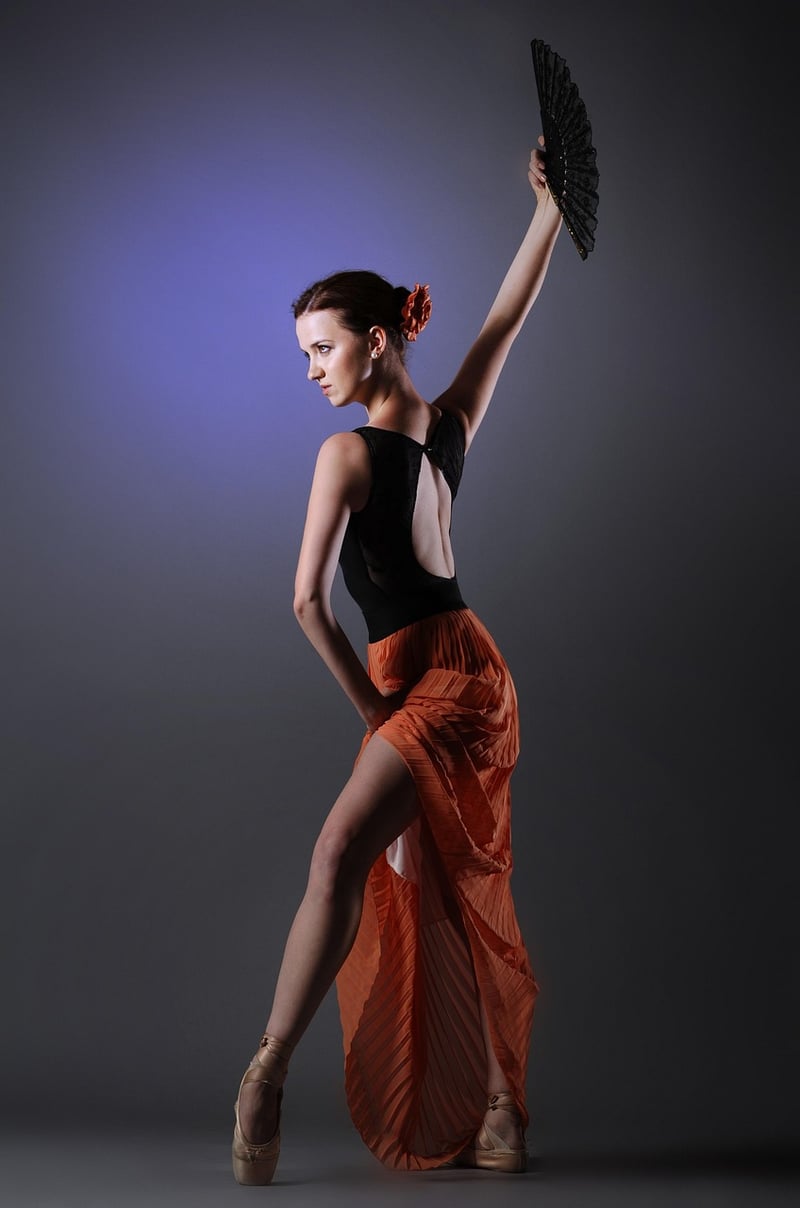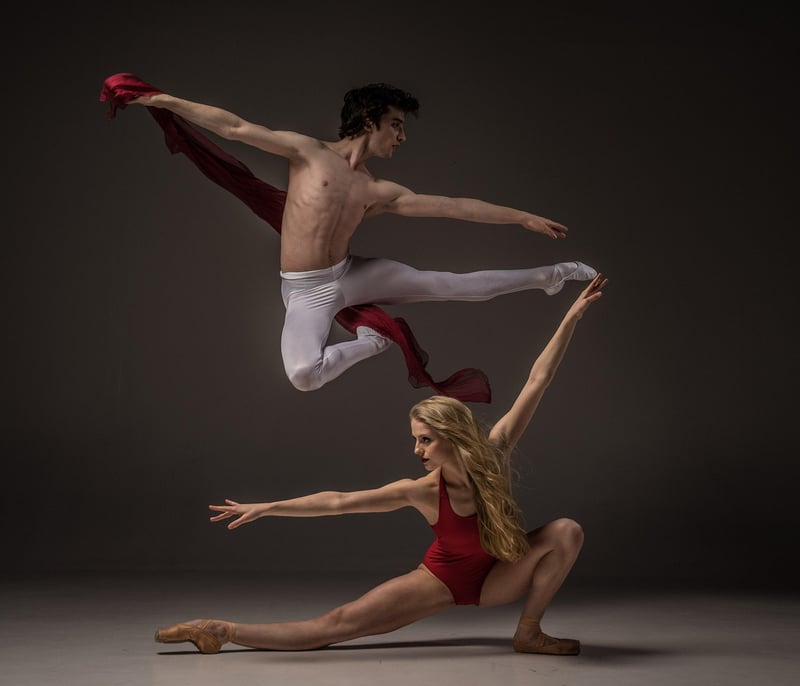Hip Hop
The Power of Expressive Movement in Hip Hop
Hip Hop, as a cultural movement that emerged in the 1970s in the Bronx, New York City, is not only defined by its music but also by its expressive dance forms. Expressive movement in Hip Hop dance is a powerful way to convey emotions, tell stories, and connect with others through rhythm and movement.
The Elements of Expressive Movement in Hip Hop
1. Isolation: Hip Hop dancers use isolation to move specific body parts independently from the rest of the body, creating intricate and visually striking movements.
2. Contrast: Contrasting movements, such as sharp and fluid motions, are often used in Hip Hop dance to create dynamic and engaging performances.
3. Freestyle: Freestyle dancing allows dancers to express themselves spontaneously, showcasing their individual style and creativity.
The Importance of Expressive Movement in Hip Hop
Expressive movement in Hip Hop not only serves as a form of artistic expression but also as a way to communicate cultural narratives, social commentary, and personal experiences. It provides a platform for dancers to share their stories and connect with audiences on a deeper level.
Image Gallery


Conclusion
Expressive movement in Hip Hop is a vital component of the culture, allowing dancers to convey their emotions and stories through dynamic and engaging dance forms. It serves as a bridge between artists and audiences, creating connections that transcend language and cultural barriers.
So next time you watch a Hip Hop performance, pay attention to the expressive movements of the dancers and appreciate the depth and artistry they bring to the stage.
